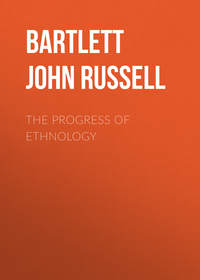Lesen Sie nur auf Litres
Das Buch kann nicht als Datei heruntergeladen werden, kann aber in unserer App oder online auf der Website gelesen werden.
Altersbeschränkung:
12+Veröffentlichungsdatum auf Litres:
25 Juni 2017Umfang:
200 S. 1 IllustrationRechteinhaber:
Public Domain